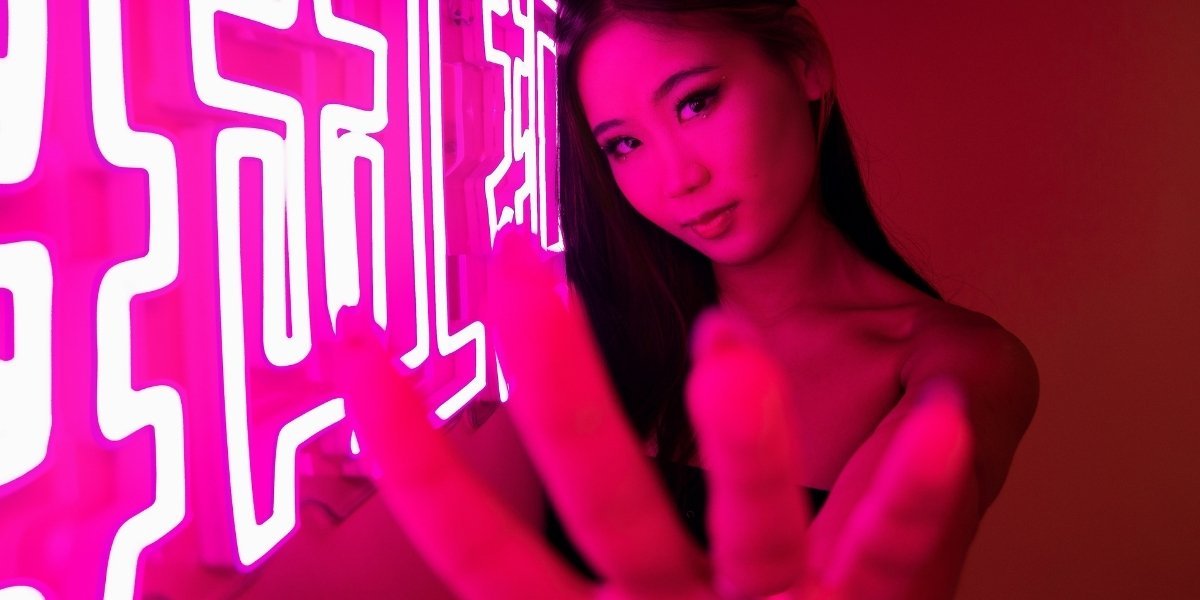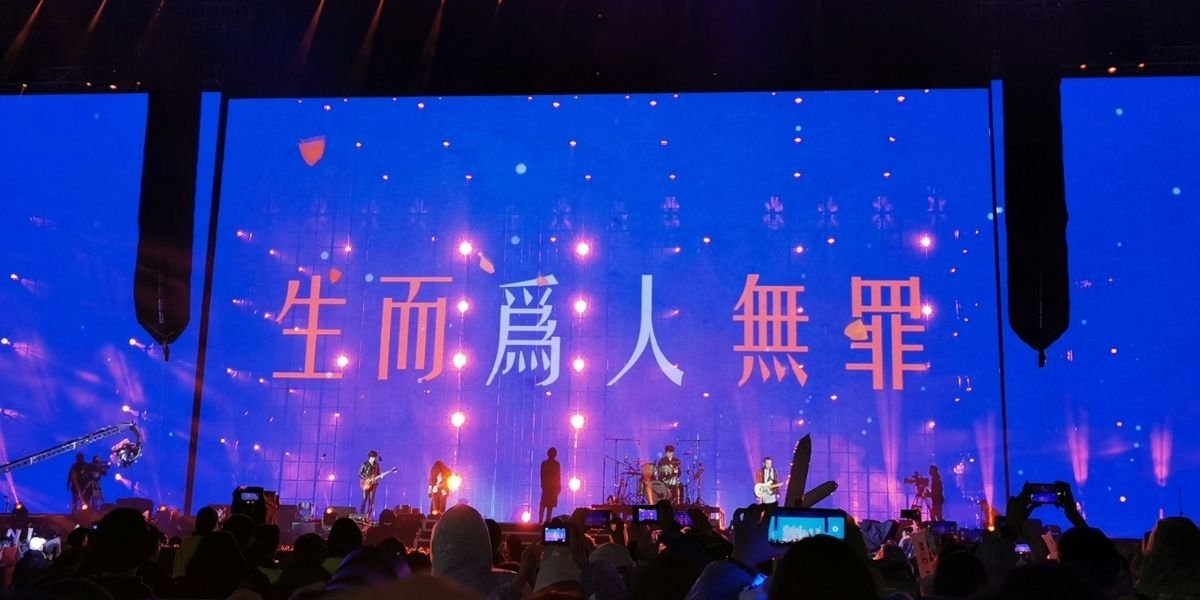C-Pop: Your Guide to Chinese Pop Music, Artists & Trends
In the vibrant global tapestry of popular music, C-Pop stands as a dynamic and increasingly influential force. An abbreviation for Chinese Popular Music, C-Pop is a loosely defined genre encompassing artists primarily from mainland China, Hong Kong, and Taiwan, as well as Chinese-speaking communities in countries like Singapore and Malaysia. Far from a monolithic sound, C-Pop is a rich blend of traditional Chinese musical elements fused with contemporary pop, R&B, hip-hop, electronic, and rock influences. It is a genre that often serves as a representation of Chinese culture and identity, captivating millions of fans both within and beyond Greater China. As of 2025, its trajectory points towards greater international recognition, building on decades of artistic evolution and strategic digital engagement.
Read Also: From Extravagance to Individuality: The Evolution of Experimental Fashion in Pop Music
A Brief History of C-Pop: From Shanghai to Global Stage
The roots of Chinese pop music trace back to the bustling cosmopolitanism of 1920s Shanghai, where influences from American jazz, swing, and Hollywood film scores began to subtly shape local musical styles. Li Jinhui is frequently cited as the “father of Chinese popular music,” having pioneered the integration of Chinese folk melodies and social commentary into contemporary arrangements. His music, while initially met with some government resistance due to its Westernized sound, laid the foundational groundwork for what would eventually evolve into the diverse genre of C-Pop.
Over the decades, the genre diversified into two primary and distinct strands:
Cantopop (Cantonese Pop Music): Originating predominantly in Hong Kong, Cantopop flourished from the 1970s onwards, becoming synonymous with the city’s unique cultural identity. It seamlessly blended Chinese melodic sensibilities with a diverse array of Western musical influences, including jazz, rock, soul, and electronic elements. The 1980s and 1990s are widely regarded as Cantopop’s “Golden Age,” a period dominated by iconic artists such as the versatile and charismatic Anita Mui, the legendary singer and actor Leslie Cheung, the enduring idol Alan Tam, and the revered “Four Heavenly Kings”—Aaron Kwok, Leon Lai, Andy Lau, and Jacky Cheung. Cantopop’s immense success during this era was intricately tied to Hong Kong’s flourishing film and television industry, with numerous theme songs achieving widespread popularity and boosting artists’ fame across Asia.
Mandopop (Mandarin Pop Music): Primarily sung in Mandarin, Mandopop gained significant traction from the 1970s onwards, especially with the loosening of government restrictions on popular music in various Chinese-speaking regions and Singapore’s active campaign to promote Mandarin. Legendary figures like Teresa Teng, affectionately known as the “Queen of Mandarin songs,” captivated audiences with her emotive ballads, while the “godfather” Lo Ta-yu challenged conventions with his socially conscious and rock-infused sound, profoundly shaping its early direction. The 2000s witnessed Taiwan emerge as a central hub for Mandopop stars, with artists increasingly incorporating traditional Chinese instruments like the guqin (a plucked zither) and pipa (a lute-like instrument) into modern arrangements, creating a distinct “Chinese style” within contemporary pop. The establishment of the Global Chinese Pop Chart in 2001 and the explosive rise of online music platforms in the early 2000s further propelled C-Pop’s global reach, notably seeing digital sales surpass physical formats by 2005.
Key Artists and Modern Trends in C-Pop

Photo Credit: Unsplash.com
Today’s C-Pop landscape is characterized by its incredible diversity, boasting a vibrant mix of established superstars who continue to innovate and a new wave of rising talents. The genre in 2025 is often defined by its remarkably high production values, irresistibly catchy melodies, and a seamless blend of traditional cultural elements with cutting-edge contemporary themes and sounds.
Notable Artists Driving the Current Scene:
Jay Chou (周杰倫): Still a Taiwanese superstar, he is often credited with fundamentally revolutionizing Mandopop by ingeniously blending R&B, rock, hip-hop, and classical Chinese music. His distinctively unique style and vocal delivery continue to command a massive, loyal following across Asia and among Chinese diasporas worldwide.
JJ Lin (林俊傑): This Singaporean singer-songwriter is celebrated for his powerful, emotive vocals and his signature ballads, which frequently incorporate sophisticated R&B and electronic music elements, showcasing his broad musicality.
G.E.M. (鄧紫棋): Hailing from Hong Kong, G.E.M. is a formidable singer-songwriter whose powerhouse vocals and genre-bending music—encompassing pop, rock, R&B, and hip-hop—have garnered her significant international recognition and a reputation for electrifying live performances.
Jackson Wang (王嘉尔): A Hong Kong rapper, singer, and dancer, Jackson Wang initially gained global prominence as a member of the K-Pop group GOT7. He has since achieved immense solo success with his distinctive blend of hip-hop, R&B, and pop, consistently showcasing a strong global appeal and a savvy understanding of international music trends.
Lexie Liu (刘柏辛): A versatile Chinese singer-songwriter and rapper, Lexie Liu is known for her experimental sound, her compelling visual artistry, and a growing number of English-language tracks, actively pushing the boundaries of what C-Pop can be.
Lay Zhang (张艺兴): Another artist who initially found fame in K-Pop (as a member of EXO) before dedicating his focus to a highly successful solo career in China, Lay Zhang is celebrated for his dynamic dance performances, strong vocal abilities, and meticulous involvement in his music production.
Silence Wang (汪苏泷): A widely popular Chinese pop singer, Silence Wang is particularly known for his heartfelt ballads and has frequently provided highly successful theme songs for many popular Chinese television dramas (C-dramas), cementing his place in the public consciousness.
Current Trends Shaping C-Pop in 2025:
Fusion of Genres: C-Pop continues its relentless experimentation, seamlessly blending traditional Chinese instrumentation, melodic structures, and folk influences with globally popular genres such as Electronic Dance Music (EDM), trap, and contemporary R&B, creating a unique sonic identity.
“Guochao” (国潮 – National Tide): This is a rapidly growing cultural trend emphasizing traditional Chinese aesthetics, historical motifs, and a strong sense of cultural pride. It is increasingly evident in C-Pop music videos, stage costumes, and lyrical themes, appealing to a nationalistic sentiment among younger generations.
Idol Groups and Survival Shows: Heavily inspired by the successful K-Pop industry model, China has witnessed a massive surge in idol survival reality shows (such as Idol Producer, Produce 101, and Youth With You). These programs have led to the formation of numerous highly popular, albeit sometimes temporary, boy and girl groups (e.g., WayV, TNT, NINE PERCENT, Rocket Girls 101, THE9), cultivating immense fan engagement.
Digital Dominance and Fan Engagement: With the world’s largest digital audience, C-Pop artists make extensive use of indigenous Chinese social media platforms like Weibo, Douyin (the Chinese version of TikTok), and dominant streaming services under Tencent Music Entertainment (QQ Music, Kugou Music, Kuwo Music) for pervasive promotion, direct fan engagement, and cultivating dedicated fan communities.
Cross-Cultural Collaborations and Global Appeal: There is an increasing trend of collaborations between C-Pop artists and international producers, songwriters, and even artists from other countries. These partnerships are instrumental in enhancing the genre’s global appeal and ingeniously blending diverse musical styles, creating new avenues for C-Pop’s international breakthrough. Notably, Chinese companies are also producing shows in Southeast Asia, such as Chuang Asia in Thailand, to further global reach.
C-Pop vs. K-Pop: Similarities, Differences, and Global Reach
C-Pop is frequently compared to its wildly successful South Korean counterpart, K-Pop. While they share certain characteristics due to regional influence and modern pop aesthetics, they also maintain distinct identities rooted in their respective cultural and industry structures.
Key Similarities:
Both genres are characterized by exceptionally high production values, with meticulous attention paid to visual aesthetics in music videos, elaborate stage performances, and artist styling.
Both often utilize rigorous, competitive trainee systems for aspiring idol groups, involving extensive training in singing, dancing, and performing.
Both have a powerful presence on digital platforms and rely heavily on passionate fan engagement, organized fan clubs, and digital charting.
Distinct Differences:
Language: C-Pop is primarily performed in Mandarin and Cantonese (with some regional variations like Hokkien pop), while K-Pop is predominantly in Korean. This linguistic difference can inherently influence their global accessibility and market penetration strategies.
Industry Structure: K-Pop is largely driven by a few powerful, centralized entertainment agencies that control trainee development, production, and promotion. In contrast, C-Pop’s industry is more fragmented, featuring a mix of established individual artists who often hold significant creative control, numerous independent labels, and the newer, burgeoning idol group system. Historically, soloists have been the mainstream norm in C-Pop.
Market Focus: K-Pop has been strategically focused on global expansion for decades, investing heavily in international marketing campaigns, English-language releases, and world tours. C-Pop, while increasingly seeking international appeal, has traditionally prioritized its massive domestic market, which offers unparalleled commercial opportunities.
Creative Freedom vs. Regulation: K-Pop generally operates in a less restrictive and more creatively experimental environment. C-Pop artists and entertainment companies, however, navigate a landscape with stricter domestic controls and censorship from the Chinese government, which can significantly influence lyrical content, visual themes, and overall production decisions, sometimes leading to strategic production being moved overseas.
Sound & Cultural Integration: While K-Pop often draws heavily and quickly from global Western pop trends, C-Pop frequently integrates more overt traditional Chinese musical elements, lyrical themes reflecting Chinese cultural values, and a distinctive melodic sensibility that sets it apart.
While K-Pop currently enjoys a larger global footprint and more established international fanbases, C-Pop’s immense domestic market, coupled with its increasing digital presence and cross-cultural collaborations, is steadily expanding its international reach. Artists like Jackson Wang, Lexie Liu, and Lay Zhang are effectively bridging the gap between Eastern and Western audiences, leveraging their multinational appeal and diverse linguistic abilities.
The Growing Impact of C-Pop on the Global Music Scene

Photo Credit: Unsplash.com
C-Pop’s ascendancy onto the global stage signifies a notable cultural shift and a powerful new voice in the international music dialogue. Its accelerating rise is fueled by a confluence of strategic factors:
Digital Platform Leverage: Chinese-owned platforms, most notably TikTok (known as Douyin in mainland China), serve as incredibly powerful tools for C-Pop artists to connect directly with global audiences, effortlessly breaking down linguistic barriers through viral dance challenges, short-form content, and trending sounds.
Strategic Cross-Cultural Collaborations: Increasing partnerships between C-Pop artists and internationally acclaimed producers, songwriters, and performers from other countries are fostering innovative sounds. These collaborations are creating hybrid musical styles that appeal to a broad spectrum of listeners, further solidifying C-Pop’s position as a truly global musical phenomenon.
Cultural Soft Power Projection: China is increasingly recognizing and utilizing C-Pop as a potent vehicle for cultural soft power. By promoting its music, fashion, and idol culture, there is an intent to foster positive sentiments towards Chinese culture on a global scale, mirroring the highly successful strategies employed by countries like South Korea (K-Pop) and Japan (J-Pop).
Outward-Looking Production: Chinese entertainment companies are increasingly exploring overseas production ventures and international marketing strategies to bypass certain domestic content controls and simultaneously tap into lucrative new markets. This forward-thinking approach is exemplified by major productions like Chuang Asia, which was produced in Thailand in 2024, demonstrating a clear intent for broader international engagement.
While C-Pop artists navigate the complex and unique balance between satisfying domestic expectations and cultivating international appeal, their music, distinctive fashion, and curated lifestyles are resonating profoundly with a varied global audience. This burgeoning influence is cementing their status as cultural icons who effectively represent a modern, dynamic Chinese identity on the world stage. From the record-breaking, enduring concert tours of veterans like Jacky Cheung (who notably completed his 1,000th concert in 2025, a testament to his longevity) to the explosive viral success of newer acts and idol groups, C-Pop is undeniably carving out its unique and influential place in the global music industry, promising even greater impact and cultural resonance in the years to come.


